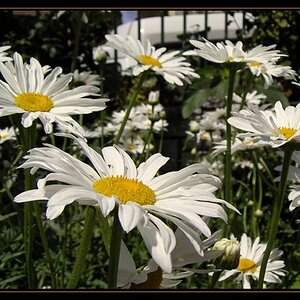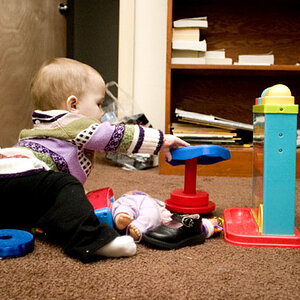christianoutdoorsguy
TPF Noob!
- Joined
- Aug 31, 2008
- Messages
- 23
- Reaction score
- 0
- Location
- Arizona
- Can others edit my Photos
- Photos OK to edit
Hello all, this is my first post here. I am looking to get into photography, primarily of wildlife for starters. I am trying to get an idea about just what the focal length converts to zoom wise. I have binoculars and spotting scopes so I understand 20-60 power (times zoom), but very unclear just how the MM converts. I mean say a 50mm-300mm telephoto zoom lens, is that equvelant to say 10-30 power? I plan on photoing wildlife so some pics will be upwards of 1000 yards, possibly more. Is this possible? Like I said I am just beginning and do not have a clue what I am in for or what I am doing yet. All help is appreciated. Thank you.


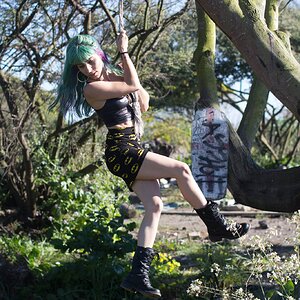
![[No title]](/data/xfmg/thumbnail/37/37604-7ad625e983f92f880eb65a264eeef5e4.jpg?1619738148)
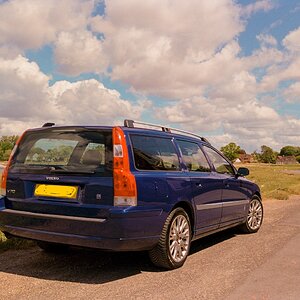
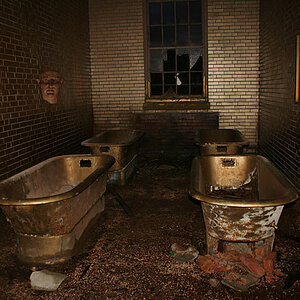

![[No title]](/data/xfmg/thumbnail/37/37602-1ef8dbb1c2d0e4ff347ee65d328c3603.jpg?1619738147)
![[No title]](/data/xfmg/thumbnail/35/35947-ab35bfc67d8e12ce65dda301d3bf2b66.jpg?1619737255)
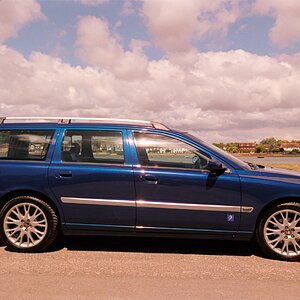
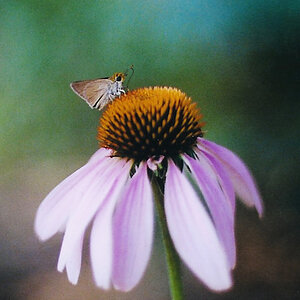
![[No title]](/data/xfmg/thumbnail/37/37603-739c5d9b541a083a12f2f30e45ca2b7b.jpg?1619738147)
